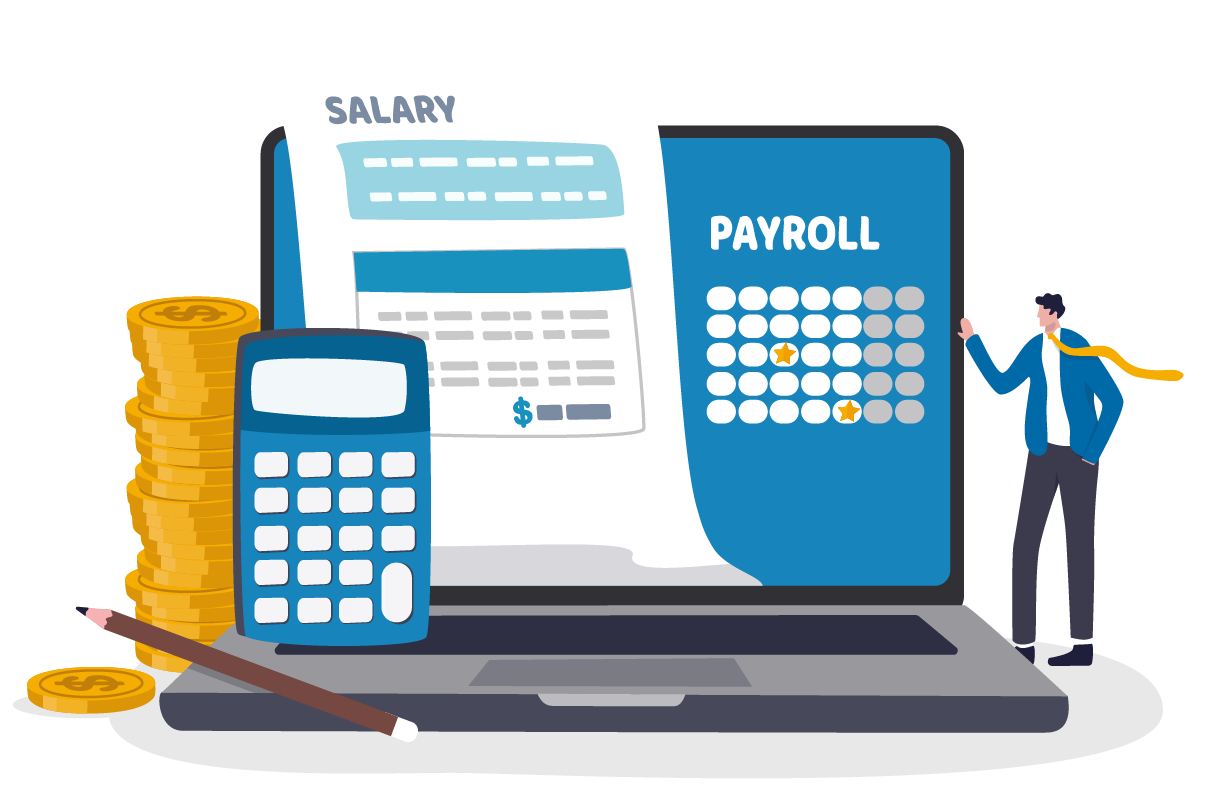Providing great employee benefits doesn’t have to break the bank. In fact, many of today’s most competitive companies—especially small and mid-sized businesses—find creative ways to offer attractive perks without overspending.
With health insurance costs rising and employees expecting more support from their employers, the pressure is real. But the good news is: you can design a benefits package that’s both affordable and impactful.
At Benely, we specialize in helping businesses between 20 and 250 employees maximize their benefits dollars. We’ve seen firsthand how smart planning, the right partners, and a focus on value can stretch even the tightest HR budgets.
This guide will walk you through 10 practical strategies for offering benefits on a budget, plus some insights on what employees value most in today’s workplace.
Why Benefits Matter—Even on a Tight Budget
Before diving into cost-saving strategies, let’s step back and answer the big question: why invest in benefits at all?
- Attraction and Retention: 78% of employees say they’re more likely to stay with an employer because of their benefits package.
- Engagement and Productivity: Employees with strong benefits report higher satisfaction and lower stress.
- Compliance and Competitiveness: In many industries, offering at least some benefits is table stakes for recruiting.
Even a lean but thoughtful benefits package can give your company an edge. The key is to prioritize value over flashiness.
1. Start with the Essentials: Health Insurance
Health coverage is still the most important benefit employees look for. But it’s also the costliest. Here’s how to make it work on a budget:
- Shop Around Every Year: Carriers adjust pricing annually. A broker like Benely can help you compare quotes across multiple providers.
- Consider Level-Funded or Self-Funded Plans: These options can offer lower premiums for healthy groups while still providing protection.
- Offer High-Deductible Health Plans (HDHPs): Pair them with Health Savings Accounts (HSAs) so employees can save pre-tax for out-of-pocket costs.
- Use Narrow Networks: Plans with smaller provider networks often have lower premiums.
👉 Benely Tip: Many small companies save 10–20% by switching to level-funded plans with no loss in coverage quality.
2. Supplement Health Insurance with Voluntary Benefits
Voluntary benefits are a budget-friendly way to expand coverage without the employer footing the full bill. These include:
- Dental & Vision Insurance
- Life & Disability Insurance
- Critical Illness or Accident Coverage
- Pet Insurance (increasingly popular!)
Employees pay most or all of the cost, but group rates are cheaper than individual plans. It’s a win-win.
3. Leverage a Professional Employer Organization (PEO)
If traditional benefits are straining your budget, a PEO can give you access to enterprise-level benefits at small-business prices.
How it works:
- Your company joins a larger pool of employers.
- The PEO negotiates benefits with carriers at scale.
- You get big-company benefits without the big-company cost.
While PEOs charge an administrative fee, the savings on health insurance and HR compliance often outweigh the cost.
👉 Benely Tip: Through our partnerships with Paychex, Rippling, and Paylocity, we can secure deep PEO discounts for clients.
4. Focus on Low-Cost, High-Value Perks
Not all benefits come with hefty premiums. Some of the most appreciated perks cost little to nothing:
- Flexible Work Arrangements: Remote work, hybrid models, or flexible hours.
- Extra Paid Time Off: Even one or two extra days per year goes a long way.
- Wellness Programs: Step challenges, meditation apps, or local gym discounts.
- Recognition Programs: Peer-to-peer recognition platforms or monthly shoutouts.
Employees consistently rank flexibility and time off as more valuable than fancy perks like catered lunches.
5. Offer a Lifestyle Spending Account (LSA)
An LSA is a modern benefits option that lets employees spend a fixed monthly or annual allowance on categories you define, like:
- Fitness memberships
- Childcare
- Commuting
- Professional development
Even a modest allowance of $50–$100/month per employee creates meaningful choice and satisfaction, at a predictable cost for the employer.
6. Use Pre-Tax Benefits to Stretch Dollars
Pre-tax programs save both employers and employees money by reducing taxable income. Popular options include:
- Commuter Benefits: Transit and parking expenses
- Dependent Care FSA: Pre-tax childcare expenses up to $5,000/year
- Health FSA or HSA: Medical expenses
Since these reduce payroll taxes, you save money just by offering them.
7. Promote Preventive Care
Healthcare costs skyrocket when employees delay treatment. Encourage preventive care by:
- Covering annual checkups at no cost
- Hosting flu shot clinics or biometric screenings
- Offering telemedicine as a free or low-cost option
Proactive health programs save employers money long-term by reducing claims and absenteeism.
8. Prioritize Mental Health Support
Mental health is no longer optional—it’s an expectation. And many solutions are affordable to implement:
- Employee Assistance Programs (EAPs): Often bundled with insurance or available at low cost.
- Teletherapy Partnerships: Provide access to virtual counseling.
- Wellness Apps: Mindfulness or stress-management subscriptions.
👉 Even modest support signals to employees that you care.
9. Make Professional Development Part of Benefits
Employees value growth opportunities as much as traditional benefits. Options include:
- Tuition reimbursement (set a modest cap, like $1,000/year)
- Access to LinkedIn Learning or Coursera subscriptions
- Internal mentorship programs
- Covering certifications relevant to job roles
These programs increase retention and develop your workforce at relatively low cost.
10. Communicate Benefits Clearly
The value of your benefits isn’t just in what you offer—it’s in how you present them.
- Create a benefits guide that explains perks in plain language.
- Host a Q&A session during open enrollment.
- Remind employees throughout the year of underused benefits (like EAPs or FSAs).
👉 Benely Tip: Many businesses underspend on communication, leading employees to undervalue benefits. We help companies build communication strategies so employees fully understand and appreciate their package.
Putting It All Together: A Sample “Budget-Friendly” Benefits Package
Here’s an example of what a balanced, affordable package might look like for a 50-employee business:
- Medical Insurance: Level-funded HDHP with HSA contributions
- Dental & Vision: Voluntary, employee-paid at group rates
- Life Insurance: $25,000 employer-paid basic coverage
- Pre-Tax Benefits: Commuter benefits + Dependent Care FSA
- Mental Health: EAP + discounted teletherapy
- Work-Life Perks: Flexible hours + 2 extra PTO days
- Professional Development: $500 annual allowance per employee
Total cost: Significantly lower than offering a traditional low-deductible PPO plan, but still highly competitive in the talent market.
The Benely Advantage: How We Help Employers Save
Designing affordable benefits isn’t just about cutting costs—it’s about getting the most value for every dollar. That’s where Benely comes in.
- Broker Expertise: We compare plans from multiple carriers to find the best fit.
- PEO Partnerships: Through Paychex, Rippling, and Paylocity, we secure discounts on payroll + benefits bundles.
- Creative Plan Design: HSAs, voluntary benefits, lifestyle stipends, and more.
- Employee Communication: We help ensure your team understands and values their benefits.
Interested in building a budget-friendly benefits strategy? Contact Benely today to learn how we can maximize your benefits while minimizing costs.
Final Thoughts
Offering benefits on a budget isn’t about doing less—it’s about doing smarter. With the right strategy, you can:
- Cover the essentials (like health insurance) in cost-effective ways
- Layer in voluntary and pre-tax benefits to add value without overspending
- Offer low-cost perks that employees truly appreciate
- Partner with experts like Benely to stretch every dollar further
In today’s competitive job market, even small investments in benefits pay off in loyalty, engagement, and retention.
Your employees deserve great benefits—and your business deserves to afford them. With thoughtful planning, you can achieve both.






